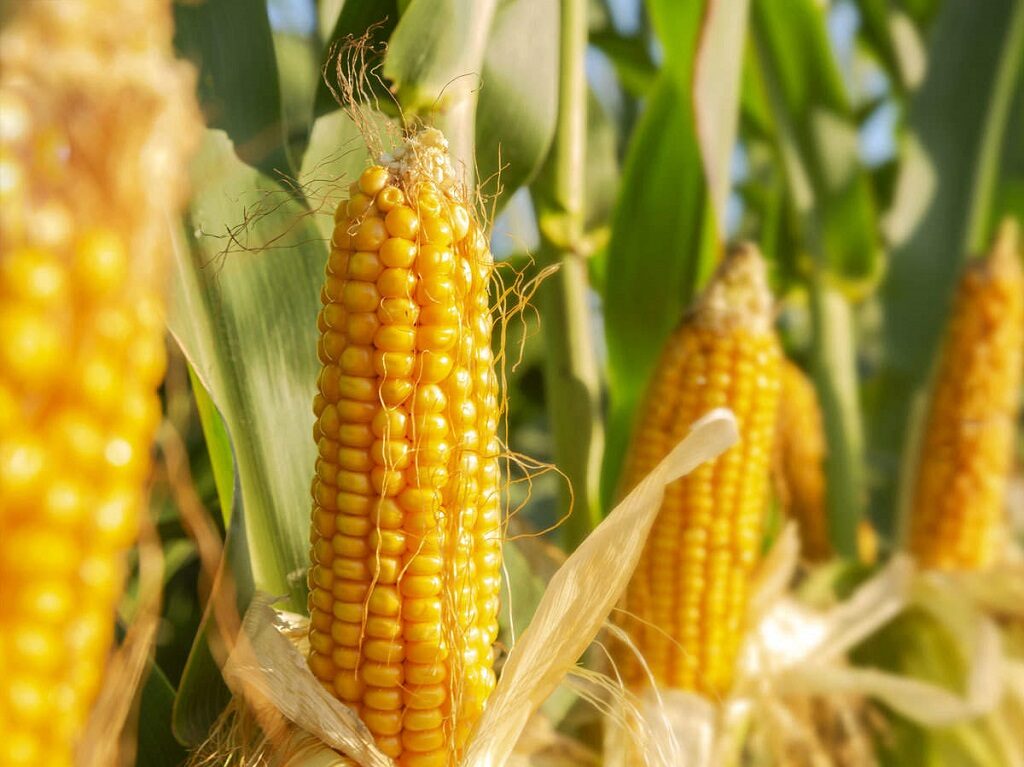Crop Diversification: PAU Experts Recommend Growing Baby Corn

Experts say that baby corn production provides an alternative for crop diversification, maize value addition, and the growth of the food processing industry.
Crop diversification is becoming increasingly important to the government. According to Punjab Agricultural University (PAU) experts, diversifying some areas from rice to maize would assist improve the physical state of the land and the overall environment.
Maize requires less water than rice, which helps conserve vital natural resources. Experts believe that growing baby corn can help vary cropping patterns.
At 60 to 65 days, the crop is finished. This allows you to harvest more crops from the same plot of land. Baby maize, often known as ‘baby corn,’ is a type of special maize, according to specialists.
People have resorted to quality meals instead of bulky stuff as their health concerns have grown. The ear of the maize plant is called baby corn. Young, fresh, finger-like green ears are taken just before fertilization, just as the silk emerges, and are eaten as a salad, soup, Manchurian (Chinese dish), mixed vegetables, pickles, pakora, and other eatables,” experts stated.
Due to the high economic worth of the crop output and higher planting intensity, the annual economic return per unit will increase. At 60 to 65 days, the baby corn crop gets mature. This allows more crops to be harvested from the same plot of land,” explained Gagandeep Singh of the PAU maize section.
Use in industry
Baby corn or bay maize cultivation would result in both skilled and unskilled employees being employed. Baby corn harvesting and post-harvest management takes a lot of time and effort. It has a lot of promise as a canned product, as well as sectors including packing, canning, processing, shipping, and storage.
Boost in Dairy farming
The main advantage of growing baby corn is that it promotes dairy farming. Farmers would acquire good quality fresh, green, and nutritious fodder for their dairy cattle after plucking the ears of baby corn. Fresh green fodder could be kept on hand for longer periods. For a steady supply to the market, staggered seeding is required.
Quality of nutrition
From a nutritional standpoint, baby corn is equivalent to other vegetables such as cauliflower, cabbage, tomato, and cucumber. It was discovered that baby corn ears contain 1.5 percent protein, 8.2 percent carbohydrate, and 89 percent water. It also has a high concentration of vitamins A and C. The most important feature of baby corn as a vegetable is that it is free of any insecticides or pollution.
Source: Krishijagran